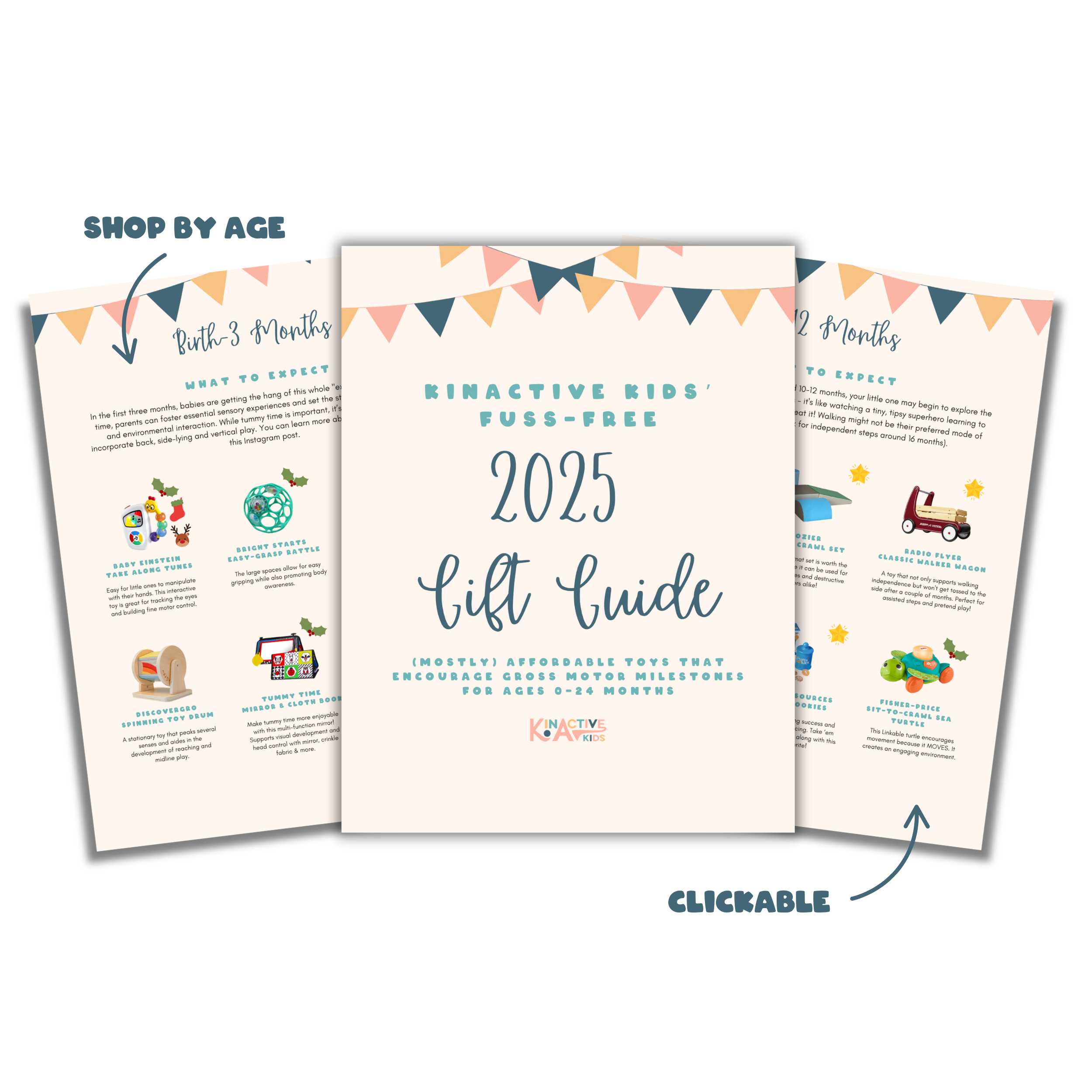Chiropractic for Tongue and Lip Ties

If you’re a new parent navigating feeding struggles, chances are you’ve heard of tongue and lip ties. These terms get thrown around often—but they’re not always the root cause of the problem.
As a pediatric chiropractor, I often see babies referred for ties when the real issue is something deeper—tension in the neck, jaw, or upper body that makes feeding difficult, regardless of what the frenulum looks like.
Let’s break it down and talk about how chiropractic care fits into the picture.

What Are Tongue and Lip Ties?
A tongue tie (ankyloglossia) occurs when the tissue connecting the underside of the tongue to the floor of the mouth is too short, thick, or tight. This can limit tongue mobility and interfere with breastfeeding.
A lip tie involves the tissue between the upper lip and gums. If it’s too restrictive, it can make it hard for a baby to achieve a proper latch.
Both are congenital and may run in families—but their presence doesn’t always mean they’re the problem.
Common Symptoms to Watch For
In Babies:
- Trouble latching or staying latched
- Clicking or leaking milk while feeding
- Fussiness or arching at the breast
- Slow weight gain or frequent breaks while feeding
- Gagging, choking, or excessive gassiness
In Moms:
- Painful nursing
- Recurring clogged ducts or mastitis
- Feeling like feeding just shouldn’t be this hard
If you’ve been noticing these challenges, it’s worth considering a full-body assessment before jumping to a tie diagnosis or surgery.
The Big Question: Will Correcting a Tongue and Lip Tie Automatically Fix These Symptoms?
Not exactly.
Many of the symptoms commonly blamed on a tie—trouble latching, clicking while feeding, gassiness—can also stem from tension in the body, especially the neck, jaw, and spine. If we focus only on the mouth, we might miss the full picture.
Sometimes a release (frenectomy) is helpful—but even then, if the underlying body tension isn’t addressed, the feeding challenges can persist.

Why a Whole-Body Approach Matters
Feeding is a complex coordination of the mouth, neck, jaw, spine, and nervous system. A tie might be present, but tension elsewhere in the body can mimic or amplify the symptoms of a tie.
That’s why chiropractic care can be a game changer—especially when paired with other therapies like lactation support or other bodywork.
How Chiropractic Can Help
At KinActive Kids, we approach tongue and lip ties with a movement-first, full-body lens. Here’s how we support babies and parents through the process:
1. Assessing the Whole Body
We look beyond the mouth to see how the neck, jaw, spine, and nervous system are functioning. We’re asking: Where’s the tension, and how is it affecting feeding?
2. Releasing Tension
Gentle, age-appropriate chiropractic adjustments help reduce tension in key areas that impact feeding. Releasing those restrictions can dramatically improve latch, comfort, and feeding success—even if a tie is still present.
3. Pre- and Post-Release Support
If a frenectomy is part of your baby’s care plan, chiropractic care is ideal both before and after:
- Before: Helps release body tension to prep for smoother healing
- After: Helps your baby integrate the new range of motion and relearn feeding patterns
When to See a Pediatric Chiropractor
If feeding has been more frustrating than fulfilling—or if you’ve been told your baby has a tongue or lip tie—it’s worth getting a second opinion from a provider who looks at the whole body.
Sometimes the tie isn’t the full story.
Chiropractic care can help your baby feed, grow, and thrive with more ease—whether or not a release is needed.
If you’re ready for answers (and relief), we’d love to help. Book a visit with us or reach out to learn more about how we can help.



